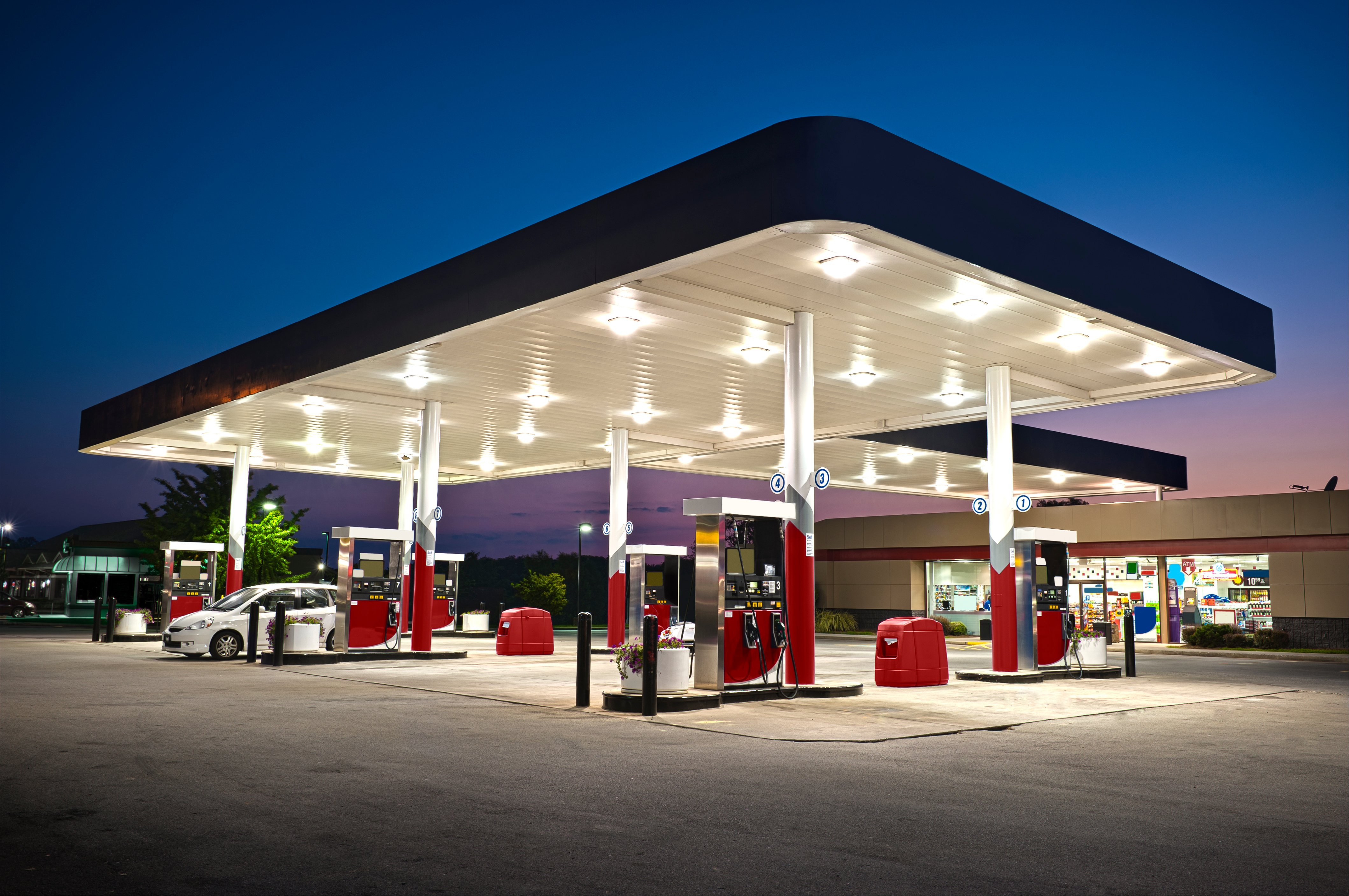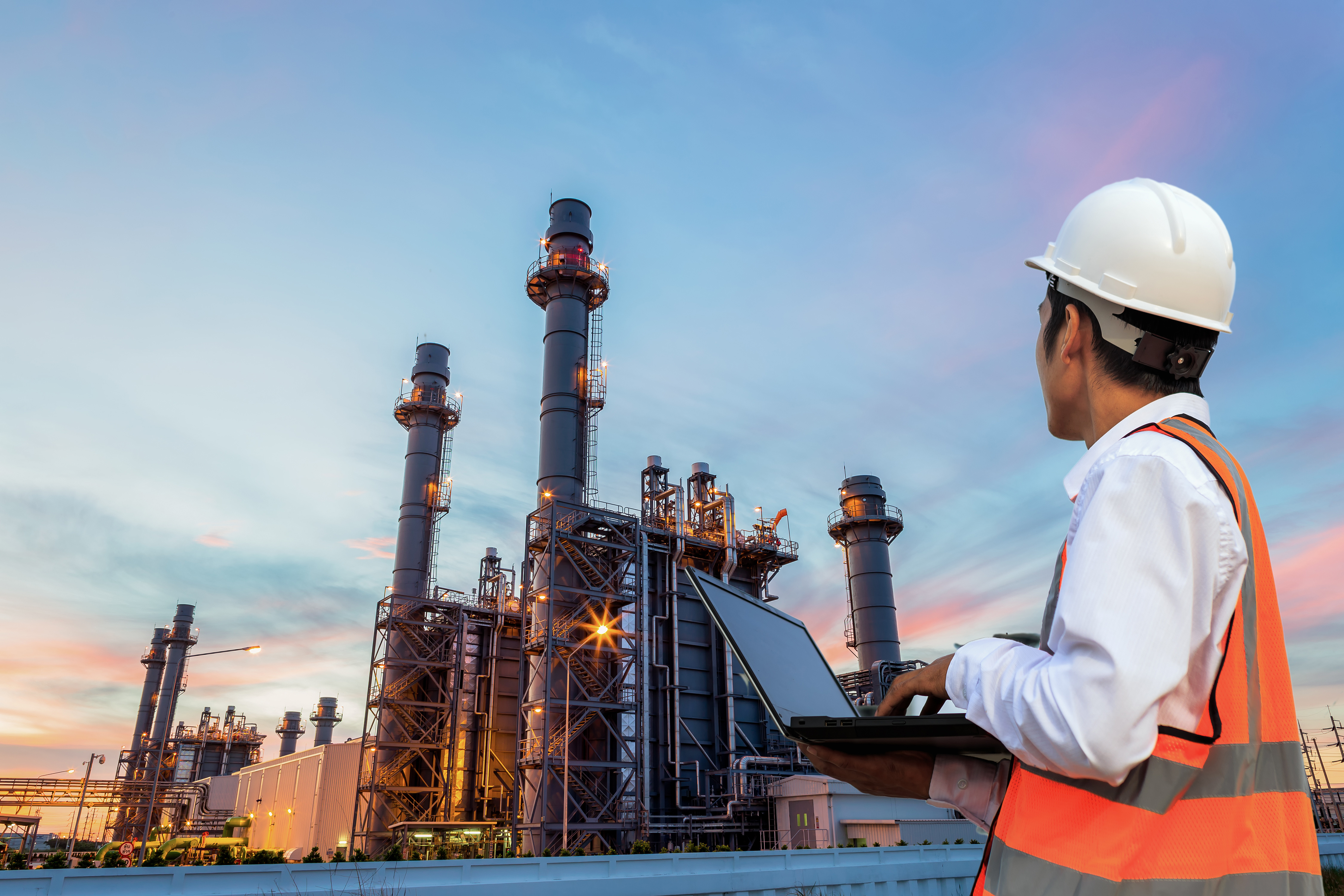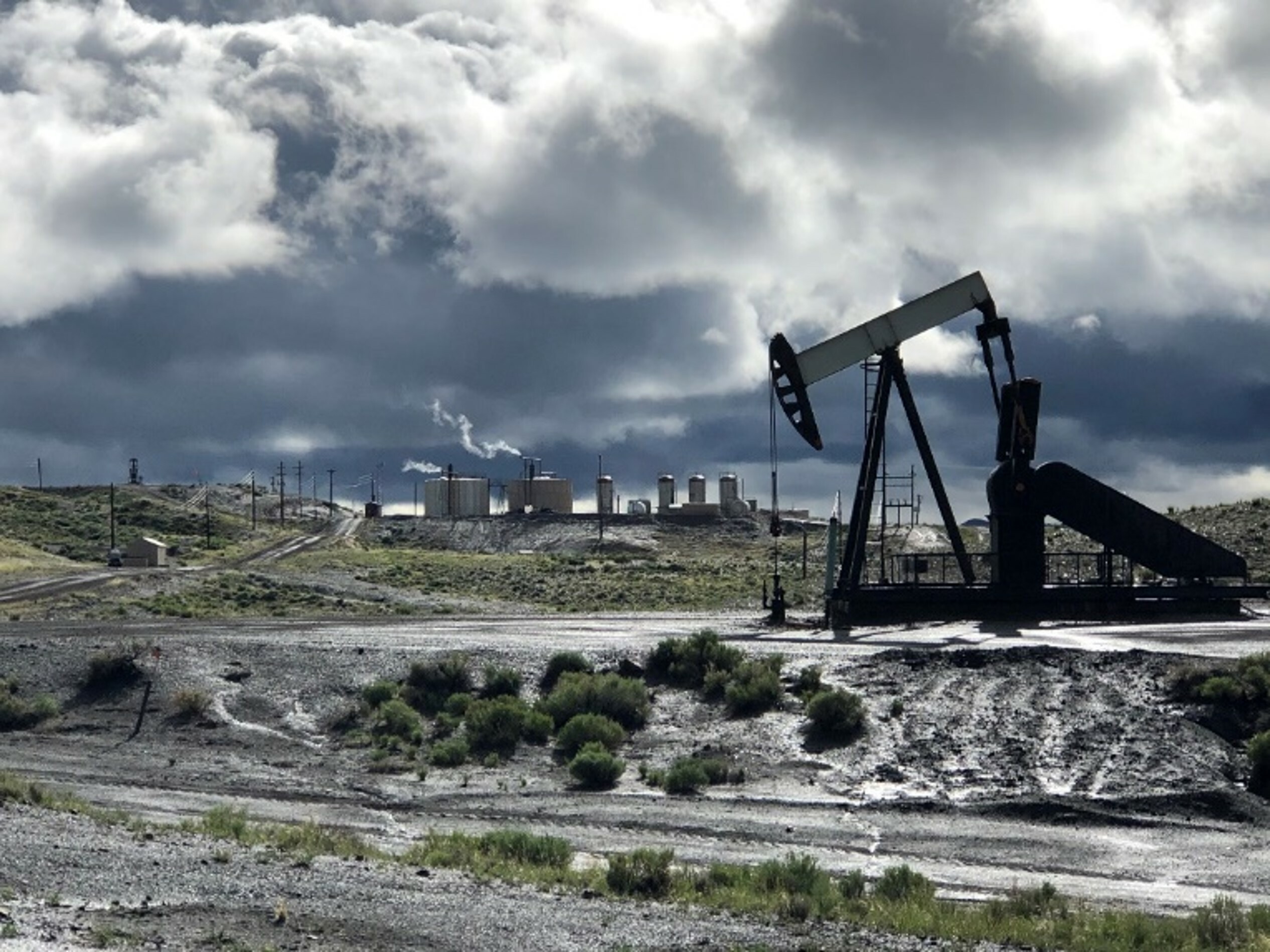When you think about what impacts the economy, do you think about current events, such as a global pandemic or even a conflict? Or perhaps the constant balancing of supply and demand? Or maybe the three-legged stool of labor, business, and government?
Believe it or not, energy is a significant economic factor, affecting not only the global economy, but also our personal economies. In fact, we feel it every day. Grocery prices, airfare, the price at the pump, and utility bills are all affected by energy.
Let’s take a moment to understand the impact of energy on societies and why you might take the leap to invest in energy as a fundamental component of our world.
Oil and gas: Source of energy and feedstock for consumer products
Want to participate in the world’s most important energy source? Invest in oil and gas. Traditional energy makes our world function because it powers everything from vehicles and planes to residential and industrial heating. It’s even a primary source of energy used to generate electricity for electric vehicles!
In a similar vein, petroleum products provide the feedstock for the petrochemical industry. Refined oil and gas become the fundamental chemical building blocks needed to produce plastics, paints, chemicals, fertilizers, synthetic fibers, lubricants, asphalt, and even food and medical grade oils for cosmetics, soaps, and other personal products. All of these products improve our quality of life and drive economic growth. Right now, you are wearing clothes and reading this blog from a device that would not exist without products derived from oil.
The oil and gas industry is big and complex. So how do we make sense of it all? Well, we can start by dividing the industry into three sectors: upstream, midstream, and downstream.
Upstream
When most people think of the industry, their minds go to drilling rigs or pump jacks, and that’s actually right. The upstream sector is focused on finding oil and gas fields and then drilling wells to efficiently recover crude oil and natural gas from them.
Midstream
Once oil is found, how do we get it to the right place? That’s where the midstream sector comes in. It’s the link between oil fields and refineries, and we couldn’t get oil to the places people live and work without it. You might not have heard the word “midstream,” but you have undoubtedly seen its most common pieces — 18-wheel tanker trucks, pipelines, barges, and the crude oil storage tanks you pass on the highway.
Downstream
Once in the right place, how is crude oil turned into usable products? The downstream sector is where refineries and gas processing facilities reside and where crude oil is transformed into refined commercial products and then transported to market. Your local gas station, where you get your car’s oil changed, the store where you buy propane for your backyard BBQ, and the gas meter on the side of your house are all parts of this sector.

These parts combine to create an infrastructure that ensures a stable energy supply and allows oil and gas to improve our lives in countless ways.
Energy impacts the economy.
Energy drives employment and job creation.
When you invest in oil and gas, you stimulate employment. The energy industry provides job opportunities across drilling, refining, distribution, and support services, opening the door for people with diverse skills:
- Drilling engineers and field service roles
- Pipeline and gas processing positions
- Accounting and legal roles
- Plant management, facility management, and business development jobs
- Capital development roles
- Administrative positions that support everyone
The Energy Workforce
With such diverse opportunities to explore, traditional energy fosters economic growth. In fact, as of July 2023, approximately 596,000 people were employed in the US in oil and gas extraction, including other natural resource positions such as mining and quarrying. If we include all the people who make, deliver, and sell the consumer products made from oil and gas, the number gets much larger.
Impact of Oil and Gas on Other Markets
One interesting thing about traditional energy is the clear correlation between its cost and how that impacts people, businesses, and budgets.
Lower oil prices mean reduced fuel costs for car drivers, trucking companies, airlines, and shipping, all of which can mean lower prices for consumers. Likewise, lower natural gas costs can reduce electricity prices, lower operating costs for manufacturers (e.g., plastic products), and lower production costs for fertilizer with savings passed on to farmers and food prices. So lower energy prices translate to lower prices throughout the value chain for consumer products.
But the reverse is also true. Higher prices are passed on to consumers and reflected in rising prices of consumer products. For this reason, oil and gas companies try to ensure there is enough supply to keep prices low for all of us.
Oil and Gas can act as a buffer.
During economic downturns, different industries feel the sting to varying degrees. For instance, 2021-2022 taught us that technology companies are vulnerable to supply chain disruptions as layoffs rippled through some of the most popular technology companies. But energy can yield profits when other sectors are underperforming, contributing to both national economic and personal portfolio stability.
Oil and Gas Propel Technological Advancements
It’s easy to think of traditional energy as a little “old school.” After all, it has driven global growth for what seems like forever. But new and old collide in unexpected ways. When you invest in oil and gas, you help stimulate the development of technology to make oil cleaner, safer, and more efficient, as well as technology to make energy from renewable sources.
People are beginning to realize what our industry has always known — that energy from oil and gas is inseparable from the development of renewable energy technologies. Petroleum products provide the materials, transport the equipment, cover the roads, lubricate the turbines, and power the tools needed to build, transport, and install renewable energy technologies. Undoubtedly, an energy transition and technical evolution is occurring, but it would be impossible without all that “old school” energy!
Drive your economy by investing in energy.
Stocks and funds are just the beginning. When you invest in oil and gas, your investment stimulates the economy, creates jobs, and allows for technological innovation. And that’s a different kind of reward.
Now that you know about “what” fuels our economy. If you want to learn about “how” to participate, follow along with our blog and consider contacting Five States Energy to determine if it has a role that could be right for you.




